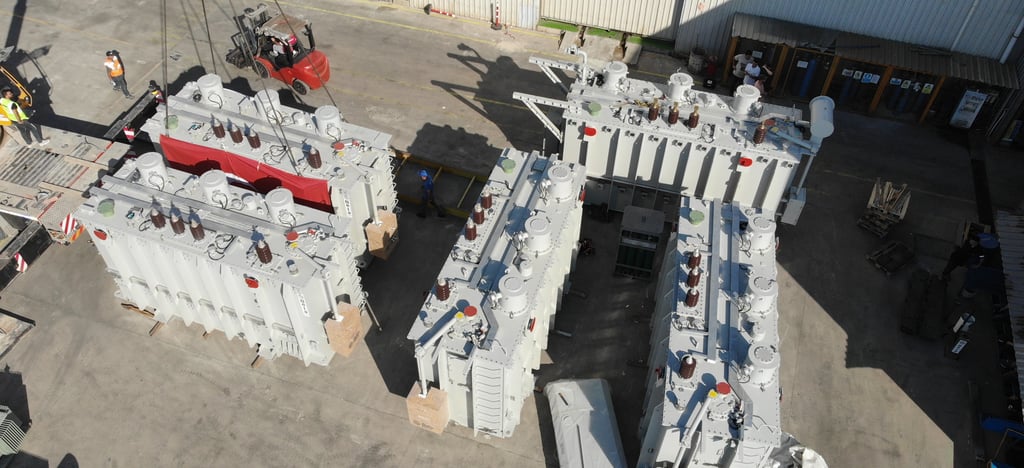How to Improve Efficiency in Distribution Transformers


Improving the efficiency of distribution transformers is a critical aspect of modern electrical infrastructure, as these devices play a central role in transmitting electrical energy from the grid to end-users with minimal losses, ensuring both reliability and economic operation. One of the fundamental ways to enhance transformer efficiency is through the careful selection of high-quality materials, particularly in the core and winding components; using high-grade electrical steel for the core reduces hysteresis and eddy current losses, while copper or aluminum of superior conductivity minimizes resistive losses in the windings. Additionally, transformer design optimization is essential, including considerations such as the choice between core-type or shell-type constructions, the implementation of advanced lamination techniques to reduce magnetic leakage, and the careful calculation of winding configurations to balance current density and thermal performance.
Beyond material and design factors, regular maintenance and real-time monitoring have become increasingly important in ensuring ongoing efficiency throughout the transformer's operational life. Predictive maintenance techniques, utilizing thermal imaging, vibration analysis, and oil quality testing, allow operators to detect issues such as hot spots, partial discharges, or insulation degradation before they escalate into significant failures, thereby preventing unexpected downtime and energy wastage. Another key consideration is the load profile of the transformer; operating near the rated capacity under optimal load conditions reduces core and copper losses, while avoiding prolonged overloading or severe underloading helps maintain efficiency and extends equipment life.
In modern electrical networks, the integration of smart monitoring systems has further enhanced efficiency management by providing real-time data on transformer performance, enabling dynamic load adjustments, and allowing utilities to implement energy-saving measures more effectively. Environmental factors, such as ambient temperature, humidity, and altitude, also impact transformer performance, necessitating site-specific adjustments to cooling systems, insulation ratings, and protective devices to ensure consistent efficiency. Furthermore, energy-efficient auxiliary components, including fans, pumps, and tap changers, contribute to overall performance by minimizing additional losses associated with operational support systems.
Engineers are increasingly employing computer-aided simulations and finite element analysis during the design phase to model electromagnetic behavior, thermal dynamics, and mechanical stress, ensuring that the transformer operates at peak efficiency under a wide range of conditions. Industry standards and regulations, such as IEC 60076 and NEMA guidelines, provide benchmarks for efficiency, but manufacturers can surpass these requirements by incorporating low-loss materials, advanced cooling techniques, and precision assembly processes. The adoption of amorphous core materials in certain distribution transformers has shown significant reductions in no-load losses, offering substantial energy savings over the transformer's lifetime, particularly in regions with high demand and prolonged periods of low-load operation.
Lifecycle assessment and cost-benefit analysis are also essential in determining the most efficient transformer solution, taking into account initial investment, operational energy consumption, maintenance requirements, and disposal or recycling considerations at the end of service. In addition, operator training and best practice protocols ensure that transformers are installed, commissioned, and managed in ways that preserve efficiency, such as correctly balancing phases, avoiding unnecessary load cycling, and monitoring for harmonics that could increase losses. Overall, improving the efficiency of distribution transformers requires a holistic approach that combines advanced materials, intelligent design, proactive maintenance, operational optimization, and adherence to both international standards and site-specific requirements, resulting in reduced energy losses, lower operational costs, and a more sustainable electrical distribution network capable of meeting the growing demands of modern society.
Innovation
Power transformers and energy solutions for all.
Contact
Support
+420 725 657 501
© 2025. All rights reserved.
287, 332 04 Losiná, Czechia
